Table of Contents
ToggleIn a world overflowing with choices, decision-making can feel like trying to find a needle in a haystack—if the haystack were made of a million needles. From what to wear to what to eat, the options can be overwhelming. Decision clutter sneaks into everyday life, turning simple choices into mental gymnastics that leave even the most organized minds dizzy.
Understanding Decision Clutter
Decision clutter complicates choices in everyday life, creating frustration and mental fatigue. It arises from an overwhelming number of options available.
What Is Decision Clutter?
Decision clutter refers to the buildup of choices that crowd the decision-making process. Numerous options lead to confusion, making even trivial choices feel monumental. Significant research, such as studies from the Journal of Consumer Research, indicates that an abundance of choices can reduce satisfaction. Individuals often experience analysis paralysis, where the fear of making the wrong decision inhibits progress.
The Impact of Decision Clutter on Daily Life
Decision clutter affects various aspects of daily life, from shopping to meal planning. It consumes time, as indecision prolongs choices. Studies show that people spend up to 50% more time on decisions when overwhelmed by options. Increased stress often accompanies this clutter, leading to reduced overall well-being. Individuals might feel regret over decisions that can seem less optimal due to too many possibilities. Simplifying choices contributes to enhanced focus and clarity in personal and professional settings.
Strategies to Cut Decision Clutter
Cutting decision clutter significantly enhances mental clarity and productivity. Implementing effective strategies makes daily choices easier and stress-free.
Simplifying Your Choices
Reducing the number of choices improves decision-making. Streamlined options lead to quicker resolutions and lower stress. Consider limiting wardrobe items to a few versatile pieces. This approach can simplify morning routines and enhance confidence. Choosing a select number of meals for the week reduces dinner-time anxiety. Prioritizing essential tasks over insignificant ones can create focus. Curating choices eliminates unnecessary distractions, enabling swift action.
Implementing Routines
Routines establish predictability, which cuts down on decision fatigue. Creating a consistent schedule provides a framework for daily activities. Morning rituals guide individuals through essential tasks without hesitation. Designating specific times for work and relaxation creates balance. Automating repetitive decisions, like meal prep or workout days, minimizes mental drain. Batch processing similar tasks streamlines workflows and enhances efficiency. Incorporating regular breaks into routines prevents burnout and maintains productivity.
The Role of Minimalism
Minimalism plays a vital role in reducing decision clutter. It promotes simplicity and encourages focus on what truly matters.
How Minimalism Helps Reduce Decision Clutter
Minimalism helps by limiting choices, thus minimizing distractions. It allows individuals to prioritize essentials over excess. A decluttered environment leads to clearer thinking, making decisions simpler. Studies show that fewer possessions correlate with reduced stress levels. Their mental energy can shift toward meaningful activities instead of wading through unnecessary options. Emphasizing quality over quantity influences both personal and professional choices positively.
Practical Tips for Embracing Minimalism
Adopting minimalism requires intentional steps. Start by decluttering your living space, focusing on items that add value or joy. Consider one-in, one-out strategies where each new item means letting go of another. Create boundaries for decision processes, such as limiting wardrobe items or meal choices. Set specific days for shopping to avoid impulsive purchases. Maintain a digital decluttering routine by unsubscribing from unnecessary emails and organizing files. Engage with the minimalism community for support and inspiration, enhancing motivation for a simpler, more focused lifestyle.
Tools and Techniques
Effective tools and techniques can drastically reduce decision clutter, ensuring smoother decision-making processes.
Decision-Making Frameworks
Utilizing decision-making frameworks simplifies the choices individuals confront. The Eisenhower Matrix prioritizes tasks based on urgency and importance, helping to clarify what truly matters. Another useful tool is the PARETO analysis, which focuses on identifying the 20% of choices that yield 80% of the results. This method enables prioritization of impactful decisions, making the process more efficient. Creating a pros and cons list also aids individuals in visualizing their options, leading to informed decisions. Focusing on these frameworks cultivates a structured approach, minimizing overwhelm and sharpening clarity.
Technology to Assist in Reducing Clutter
Technology offers numerous solutions to assist with decision clutter. Mobile applications like Trello or Asana can organize tasks and ideas, promoting better prioritization. Tools such as Notion provide customizable spaces for planning and reflecting, allowing users to track their decision-making processes. Automation platforms, like IFTTT or Zapier, streamline repetitive tasks, freeing up cognitive bandwidth for more significant choices. Additionally, meditation apps can enhance mental clarity, increasing focus on essential decisions. By leveraging technology, individuals can simplify their environment and effectively reduce decision clutter.
Reducing decision clutter is essential for enhancing mental clarity and overall well-being. By simplifying choices and establishing routines, individuals can navigate daily decisions with greater ease. Embracing minimalism and utilizing effective decision-making tools can further streamline processes and reduce stress.
Adopting these strategies not only fosters a more focused lifestyle but also empowers individuals to prioritize what truly matters. With a clearer mind and fewer distractions, decision-making becomes less daunting and more productive. The journey toward cutting decision clutter is a step toward a more fulfilling and efficient life.







